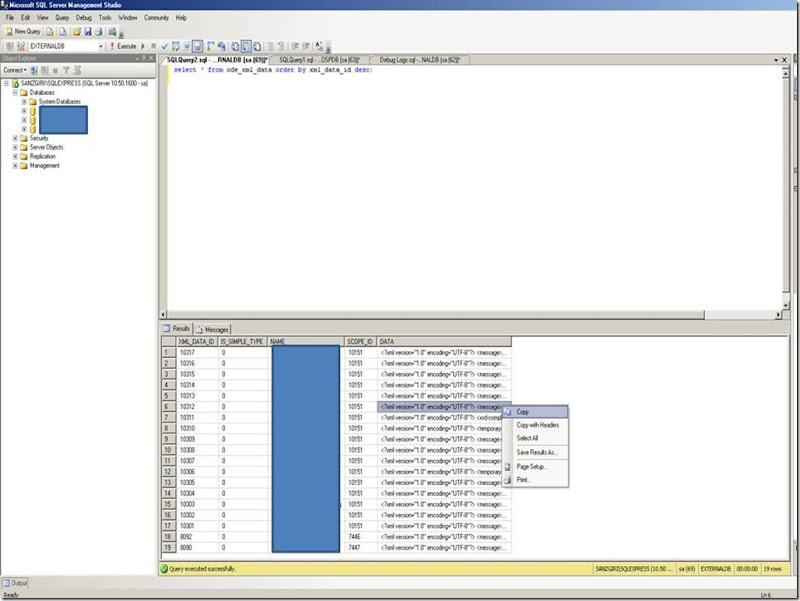ERROR - GeronimoLog.error(108) | Cannot Determine the MEP
org.apache.axis2.AxisFault: Cannot Determine the MEP
at org.apache.axis2.description.WSDL11ToAxisServiceBuilder.getMEP(WSDL11ToAxisServiceBuilder.java:2739)
at org.apache.axis2.description.WSDL11ToAxisServiceBuilder.populateOperations(WSDL11ToAxisServiceBuilder.java:1286)
at org.apache.axis2.description.WSDL11ToAxisServiceBuilder.populatePortType(WSDL11ToAxisServiceBuilder.java:592)
at org.apache.axis2.description.WSDL11ToAxisServiceBuilder.populateEndpoints(WSDL11ToAxisServiceBuilder.java:469)
at org.apache.axis2.description.WSDL11ToAxisServiceBuilder.populateService(WSDL11ToAxisServiceBuilder.java:363)
at org.apache.ode.axis2.hooks.ODEAxisService.createService(ODEAxisService.java:82)
at org.apache.ode.axis2.ODEServer.createService(ODEServer.java:327)
at org.apache.ode.axis2.BindingContextImpl.activateMyRoleEndpoint(BindingContextImpl.java:59)
at org.apache.ode.bpel.engine.ODEProcess.activate(ODEProcess.java:725)
at org.apache.ode.bpel.engine.BpelServerImpl.register(BpelServerImpl.java:380)
at org.apache.ode.axis2.ODEServer.handleEvent(ODEServer.java:626)
at org.apache.ode.axis2.ODEServer.access$100(ODEServer.java:91)
at org.apache.ode.axis2.ODEServer$ProcessStoreListenerImpl.onProcessStoreEvent(ODEServer.java:613)
at org.apache.ode.store.ProcessStoreImpl.fireEvent(ProcessStoreImpl.java:517)
at org.apache.ode.store.ProcessStoreImpl.fireStateChange(ProcessStoreImpl.java:523)
at org.apache.ode.store.ProcessStoreImpl.deploy(ProcessStoreImpl.java:301)
at org.apache.ode.axis2.deploy.DeploymentPoller.check(DeploymentPoller.java:144)
at org.apache.ode.axis2.deploy.DeploymentPoller.access$300(DeploymentPoller.java:55)
at org.apache.ode.axis2.deploy.DeploymentPoller$PollingThread.run(DeploymentPoller.java:188)
Usually means there is an error in the WSDL







